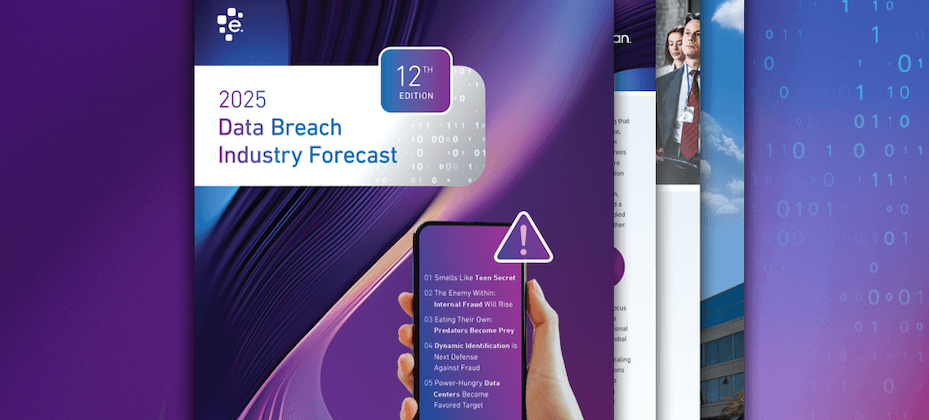
Veterans are an integral part of our freedom but did you also know that veterans are very successful small business owners? Veteran businesses can have a material economic impact in the regions where they are located. According to our Experian Veterans Study released this week, veterans are running strong businesses and veteran owned businesses have been consistently less risky overall when compared to non-veteran owned businesses for the past five years. The report also found that veterans have better consumer and commercial credit scores than non-veteran businesses. Veterans tend to own and operate businesses in more labor-intensive industries such as construction, manufacturing, wholesale trade and transportation. This may indicate that veteran business owners take the discipline and skills learned during their service and apply them in business as they create successful companies and drive significant economic impact. They also employ more individuals, which may be a result of the industry types of businesses they own such as construction and manufacturing. Our study showed that veterans across the country, are mostly well educated on credit and how to use it to grow their business. That engagement is important as it can have a positive impact on the economy through the creation of jobs. Veteran businesses also tend to have a lower probability of failure, a lower risk of serious delinquency within the next year and produce higher annual sales. Another interesting finding was that veteran businesses have better longevity and sustainability as inferred from their commercial credit when compared to non-veteran owned businesses. Overall across industries, veterans have a 67% longer credit history. Veteran business owners also have deep credit files with approximately 77% more tradelines overall. From a capital standpoint, veterans on average have approximately 192% more capital funding than non-veteran business owners. Veteran owned businesses touch a large network of business relationships as they tend to hire more employees, have more business to business relationships and utilize more commercial credit. This network drives positive economic impact through things like payroll, taxes, and vendor and supplier engagement. Entrepreneurship among U.S. veterans has been in decline since the late 70’s, but veteran business owners remain an important credit-successful source of job creation for our economy. There are countless ways we can thank our veterans for their service, another way to thank them is by supporting their businesses in our communities. Credit suppliers should continue to promote and bolster veteran business owners as a means of putting money to work in low risk economically influential businesses.

Today (Nov. 11) Americans celebrate Veterans Day to honor all of the men and women who have served our country in uniform and to thank those who are currently serving around the world. We also take time to welcome a new generation of veterans home from war. We remember our Gold Star families who have endured the loss of a family member making the ultimate sacrifice in service to their country. More than 25 million veterans are now home in America. They are our friends, our families, and our loved ones. Far too many have endured the shock and pain of a combat deployment, some have become disabled, and many have made the ultimate sacrifice. All who have served have given up some of themselves as well as some of the best years of their lives. Experian is proud to embrace our veteran community and allow the flexibility for our coworkers who continue to serve. Our Military, Veterans And Patriots Employee Resource Group continues to be involved in many opportunities across our local communities from building wheelchair ramps for disabled veterans to participating in endurance challenges such as Carry the Load National Relay road march and the Murph Challenge. We recently launched Experian IDnotify, a credit and identity protection service, at no cost for those who are on active duty. We are committed to serving those who are serving us. If you have a family member or friend serving on active duty, please share the link. This Veterans Day let us take a moment to remember the sacrifices of the courageous men and women who heroically fought for the freedom and honor of America to make it the greatest nation on earth!

Retailers are already starting to display their Christmas decorations in stores and it’s only early November. Some might think they are putting the cart ahead of the horse, but as I see this happening, I’m reminded of the quote by the New York Yankee’s Yogi Berra who famously said, “It gets late early out there.” It may never be too early to get ready for the next big thing, especially when what’s coming might set the course for years to come. As 2019 comes to an end and we prepare for the excitement and challenges of a new decade, the same can be true for all of us working in the lending and credit space, especially when it comes to how we will approach the use of alternative data in the next decade. Over the last year, alternative data has been a hot topic of discussion. In fact if you typed “alternative data and credit” into a Google search today you would get more than 200 million results. That’s a lot of conversations, but while nearly everyone seems to be talking about alternative data, we may not have a clear view of how alternative data will be used in the credit economy. How we approach the use of alternative data in the coming decade is going to be one of the most important decisions the lending industry makes. Inaction is not an option, and the time for testing new approaches is starting to run out – like Yogi said, it’s getting late early. And here’s why: millennials. We already know that millennials tend to make up a significant percentage of consumers with so-called “thin-file” credit reports. They “grew up” during the Great Recession and that has had a profound impact on their financial behavior. Unlike their parents, they tend to have only one or two credit cards, they keep a majority of their savings in cash and, in general, they distrust financial institutions. However, they currently account for more than 21 percent of discretionary spend in the U.S. economy, and that percentage is going to expand exponentially in the coming decade. The recession fundamentally changed how lending happens, resulting in more regulation and a snowball effect of other economic challenges. As a result, millennials must work harder to catch up financially and are putting off major life milestones that past generations have historically done earlier in life, such as home ownership. They more often choose to rent and, while they pay their bills, rent and other factors such as utility and phone bill payments are traditionally not calculated in credit scores, ultimately leaving this generation thin-filed or worse, credit invisible. This is not a sustainable scenario as we enter the next decade. One of the biggest market dynamics we can expect to see over the next decade is consumer control. Consumers, especially millennials, want to be in the driver’s seat of their “credit journey” and play an active role in improving their financial situations. We are seeing a greater openness to providing data, which in turn enables lenders to make more informed decisions. This change is disrupting the status quo and bringing new, innovative solutions to the table. At Experian we have been testing how advanced analytics and machine learning can help accelerate the use of alternative data in credit and lending decisions. And we continue to work to make the process of analyzing this data as simple as possible, making it available to all lenders in all verticals. To help credit invisible and thin-file consumers gain access to fair and affordable credit, we’ve also recently announced Experian Lift, a new suite of credit score products that combines exclusive traditional credit, alternative credit and trended data assets to create a more holistic picture of consumer creditworthiness that will be available to lenders in early 2020. This new Experian credit score may improve access to credit for more than 40 million credit invisibles. There are more than 100 million consumers who are restricted by the traditional scoring methods used today. Experian Lift is another step in our commitment to helping improve financial health of consumers everywhere and empowers lenders to identify consumers who may otherwise be excluded from the traditional credit ecosystem. This isn’t just a trend in the United States. Brazil is using positive data to help drive financial inclusion, as are other around the world. Like I said, it’s getting late early. Things are moving fast. Already we are seeing technology companies playing a bigger role in the push for alternative data – often powered by fintech startups. At the same time there also has been a strong uptick in tech companies entering the banking space. Have you signed up for your Apple credit card yet? It will take all of 15 seconds to apply, and that’s expected to continue over the next decade. All of this is changing how the lending and credit industry must approach decision making, while also creating real-time frictionless experiences that empower the consumer. We saw this with the launch of Experian Boost earlier this year. The results speak for themselves: hundreds of thousands of previously thin-filed consumers have seen their credit scores instantly increase. We have also empowered millions of consumers to get more control of their credit by using Experian Boost to contribute new, positive phone, cable and utility payment histories. Through Experian Boost, we’re empowering consumers to play an active role in building their credit histories. And, with Experian Lift, we’re empowering lenders to identify consumers who may otherwise be excluded from the traditional credit ecosystem. That’s game changing. Disruptions like Experian Boost and newly announced Experian Lift are going to define the coming decade in credit and lending. Our industry needs to be ready because while it may seem early, it’s actually getting late.


